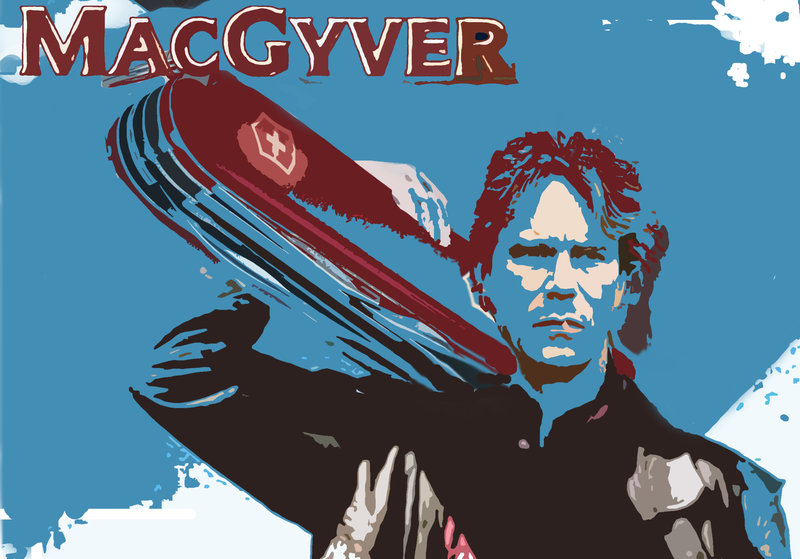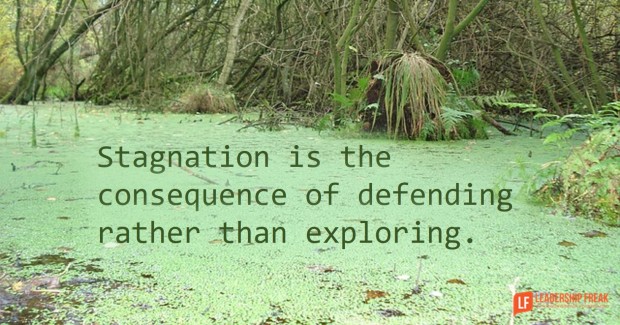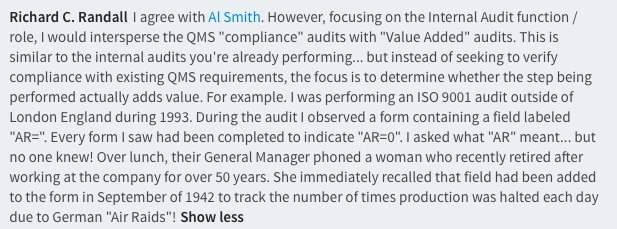O FT de ontem trazia um artigo sobre a evolução dos chips de computador. Por coincidência, também ontem, durante a caminhada matinal vi este video no Youtube sobre o mesmo tema, "The end of Apple Silicon's reign".
O artigo do FT, intitulado "Chip wars set to change the landscape of personal computing":
"One sign that something is stirring has been the flurry of news around CPUsthe general-purpose processors that power PCs and servers. This week, as Apple unveiled its latest high-end Macs, its new M3 chips were very much the focus.
...
Last week, mobile chipmaker Qualcomm unveiled an Arm-based PC chip of its own. It is the first chip based on designs from Nuvia, a start-up founded by some of Apple's top chip engineers that Qualcomm acquired two years ago, and a sign that a real technology race is breaking out in PC chips.
...
Intel, which dominates the market for PC chips, is doing its best not to sound rattled by all of this. Given the high barriers to entry, it has good reason.
...
All of this sets up a race in the normally staid world of personal computing, with Intel trying to pull off a rapid series of manufacturing upgrades over the next two years to get back in the lead, Apple digging in to protect the clear lead it has established with its Mac chips, and a new wave of Arm-based PCs hitting the market."
E comecei a pensar na impermanência das empresas grandes; as empresas grandes podem reinar por algum tempo, mas há sempre um momento em que falham. Empresas grandes, mais tarde ou mais cedo resvalam para o foco na eficiência, e isso dita a sua queda. E qualquer coisa neste pensamento fez-me pesquisar no blogue e encontrar, de Setembro de 2012, Contrarian, sempre!!!
E ao ler esse postal ... comecei a fazer ligações para o que tenho escrito aqui recentemente, ou tenho lido recentemente:
"Por isso, enquanto muitos continuam a acreditar na vantagem de ser grande, cada vez mais acredito nas vantagens de se ser pequeno, na paciência com a quota de mercado ou com o volume de vendas.
Ser pequeno pode significar: decidir rapidamente; agir ainda mais rapidamente; experimentar em escala reduzida; estar mais próximo da tribo; corrigir o tiro inicial muito mais rapidamente; ter mais paciência e não se amesquinhar por causa do próximo relatório de contas; ter mais paixão.
O que mais me entristece e ver empresas pequenas a pensarem como empresas grandes... uma empresa pequena nunca poderá competir de igual para igual com uma empresa grande. Uma empresa pequena devia concentrar-se em tornar-se uma grande empresa.
Uma empresa pequena pode ser uma grande empresa, assim como uma empresa grande pode nunca ser uma grande empresa.
Uma empresa pequena a caminho de ser uma grande empresa é a empresa que reconhece que o seu campeonato não é o da eficiência, mas o da arte, o da originalidade, o da rapidez, o da flexibilidade, o da proximidade, o da autenticidade, o da tradição, o da diferença... o caminho menos percorrido."
Quando era miúdo muito miúdo, ainda nem andava na escola primária, ouvi a minha mãe a comentar com alguém que "somos um fogo", ou seria "somos uma chama". E nunca me esqueci disso, não sei porquê.
Também as empresas são chamas, são transição, são fluxo até que passam a comportar-se como um reservatório, e em vez de aspirarem ao futuro e à novidade, focam-se na defesa do presente. E o futuro morre, mais depressa ou mais devagar, mas morre. E estas empresas não precisam de ser grandes, também podem ser pequenas.




















